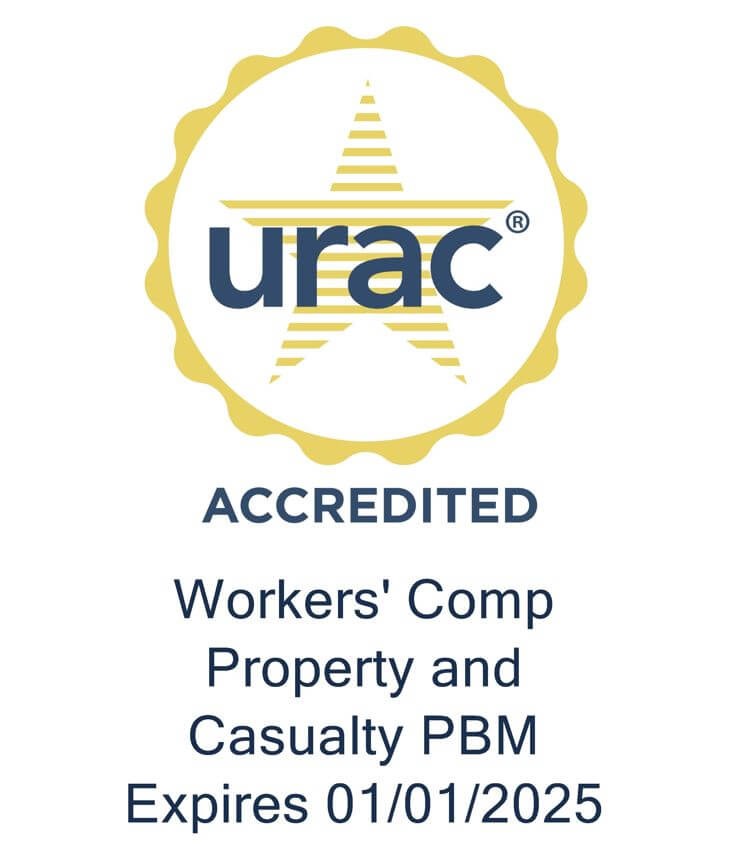The National Safety Council recently published two resources regarding employee stress and mental health surrounding the return to work following COVID-19. The reports are Stress, Emotional & Mental Health Considerations: Providing Employees the Support Needed to Return to Work and Managing Employee Stress and Anxiety: Returning to the Workplace.
These reports note that the COVID-19 pandemic has increased the risk of mental distress among employees, both from directly worrying about exposure to the virus, but also from downstream impacts of the virus, including worries surrounding finances, employment, food, housing, child and family care. Furthermore, extended social distancing can exacerbate pre-existing medical conditions and increase the risk of depression, poor sleep quality, impaired cognitive function, and suicidal thoughts.
When concerns such as these are met with the stress of returning to work, this can lead to serious concerns, as poor mental health and stressors in the workplace can contribute to hypertension, diabetes, cardiovascular conditions, burnout, absenteeism, negative impact on productivity, and an increase in healthcare costs.
These reports encourage employers to allay concerns, anxieties, and uncertainty from workers returning to work, providing tips and resources on how to do so.
First and foremost, employers are encouraged to approach employees’ return to work with respect and understand the difficulty of the situation. This includes reducing workplace expectations to avoid overloading employees readjusting to the workplace, which involves decreasing non-essential demands, spacing out deadlines, recognizing the difference between urgent and important tasks, and demonstrating, encouraging, and supporting a work/home life balance when working remotely.
Additionally, leaders are encouraged to adopt flexible policies for paid time off (PTO) in order to address routine medical care that may have been delayed, or to allow employees to spend time with family and loved ones who they may have been isolated from.
Furthermore, leaders are advised to practice transparency with business decisions and to communicate major changes openly to alleviate uncertainty. This involves regular communication between leadership and employees, which can include virtual townhalls, as well as different confidential feedback avenues to bridge gaps with employees, including anonymous surveys and internet channels.
In particular, the reports recommend explicitly communicating what workplace protections will be in place, such as social distancing guidelines, diagnostic testing, and personal protective equipment (PPE) available.
Employers are also encouraged to build short- and long-term responses to mental health considerations and ensure mental health considerations be prioritized after immediate return. This includes providing support and information for employees anxious about leaving the safety of quarantine and about reducing social isolation for remote workers.
These reports encourage the creation of mental health taskforces with management representation from all functional areas. A goal of this taskforce should be to provide training that helps spot signs of mental health issues, including:
- Feeling physically and mentally drained
- Difficulty making decisions or staying focused on topics
- Easily frustrated on a more frequent basis
- Arguing more with family/friends
- Feeling tired, sad, numb, lonely or worried
- Experiencing changes in appetite or sleep patterns
- Overacting to normal stimuli like noises and lighting
Furthermore, these taskforces should adopt strategies for approaching individuals who may be experiencing mental distress. This can include:
- Providing workers with education and opportunities to practice practical ways of reducing stress, such as mindfulness training, deep breathing exercises, and yoga
- Providing easy links to national support and resource hotlines such as the Suicide Prevention Hotline, the Domestic Violence Hotline, Eldercare Locator, the Sexual Assault Hotline, and more
- Providing a hub on company intranet and frequent communications with best practices from the CDC, FEMA, OSHA, and more
- Provide training on stress and resilience, and reminding employees stress symptoms may show up anytime
- If there’s interest, consider creating peer-led initiatives, such as Slack or Teams channels or support groups, while also providing training for peer leaders on moderator skills, handling sensitive topics, and more
- Utilizing employee assistance programs (EAPs) and health insurance programs to assist employees with mental distress
For more information, read Stress, Emotional & Mental Health Considerations: Providing Employees the Support Needed to Return to Work and Managing Employee Stress and Anxiety: Returning to the Workplace.






